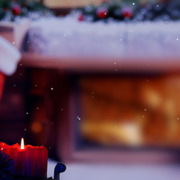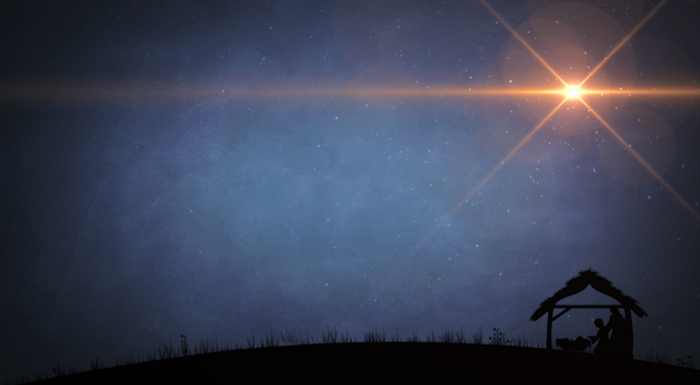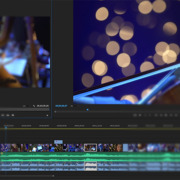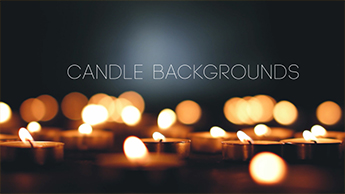Filming At Night
Shooting video at night can be challenging, but if you follow a few basic principles, not only will your footage turn out better, you can have more confidence to use all hours of the day to your advantage, rather than just when the sun is up. The word photo, means “light”. When the sun goes down, the atmospheric light changes, and eventually draws to a close. So what are some options for counteracting that drastic light difference?
Having the ability to look at your surroundings, make intuitive cameras adjustments, and know your limits will set you a part from those who simply wait till morning.
The first action step would be to look around you and see what artificial light might be available. A shop window, a street light, city lights, a cell phone light, a full moon. We live in a world of artificial light, so unless you are out on the prairie, chances are, you will be able to find something close to you to use. With that being said, that secondary light still doesn’t account for the sun, leaving us with a problem.
That brings us to action step number two. Know your camera. If you are using a consumer camera, don’t even bother. Shoot in the day. But if you are a serious film producer, or testing out the field with some upgraded gear, then knowing what your camera is capable of can make the difference. Start with a few basic settings. I am certain other videographers have their own methodology for their stream-lined process, and that is fine. I shoot video for a full time job, and I can say that my process is a good starting point.
To begin, there are 3 starter settings that must be addressed; gain (aka ISO), aperture, and shutter speed. Since all three of these components play important roles in how your footage looks, adjust the settings based upon how you want your shot to look. If you are looking for a wide depth of field, start by increasing the Aperture to a lower Fstop. The lower the Fstop, the more light enters into the lens. If you still need more light, and you aren’t shooting anything that uses heavy motion consider lowering the shutter speed. The rule of video is that your shutter speed should be twice your frame rate. I’ve deviated from that before and it didn’t hurt anything. Keep in mind that shooting at too low of a shutter speed will make your footage look blurry and disoriented, so find that balance. If you find yourself still in desperate need of light, I typically reserve the final setting for last, adjusting the gain. Increasing the gain, increases digital noise, and noise is a photographer’s worst friend.
If you have exhausted your aperture, lowered your shutter speed to the minimum your shot will allow, then try increasing the gain. Some of the newer cameras such as the Sony A7s and A7s II do a superb job at having the ability to shoot in low light situation, having incredible ISO levels, and yet have a low grain in the image. Since most cameras increase quickly with noise when the gain is increased, that is why I recommend adjusting that last.
If all that fails, then you will need to default to some soft boxes, or find some other external source of light. Having the ability to look at your surroundings, make intuitive cameras adjustments, and know your limits will set you a part from those who simply wait till morning.




















Leave a Reply
Want to join the discussion?Feel free to contribute!